Buy the photo Olive Pressing Mats by Dorothy Berry-Lound on canvas, ArtFrame, poster and wallpaper, printed on demand in high quality.
About "Olive Pressing Mats"
by Dorothy Berry-Lound
About the artwork
These old olive press mats were once used to produce olive oil using the traditional method here in Italy. This basic method is still widely used today, particularly by individual farmers, and it is still a valid way of producing high quality olive oil if adequate precautions are taken.
First the olives are ground into an olive paste using large millstones at an oil mill. This takes about forty minutes and is designed to ensure that the olives are well ground and allow enough time for the olive oil drops to gather together. This process also allows for the olives to release their enzymes which provides some of the aroma and taste of the eventual olive oil. Then the resulting olive paste is spread on fibre disks (like the ones in the photograph) which are stacked on top of each other and then placed into the press.
Traditional olive press mats are made of hemp or coconut fibre but these days they are made of synthetic fibres (so modern mats are much easier to clean).
The disks are then piled on top of one another and pressure is applied from above (weights or a hand turned piston) which squeezes out the liquid. Water is run down the sides of the disks to increase the speed of percolation. The liquids are then separated either by a standard process of decantation or by using a centrifuge. Provided everything gets cleaned properly between pressings, this results in a good quality olive oil, but it is quite labour intensive.
We live within a few kilometres of a large olive mill that uses modern methods to product its organic olive oil, but it is nice to see remnants of its historical past.
This photo art image has been given a sepia tint to reflect the age of the subject.

About Dorothy Berry-Lound
Born in the South of England I now live half way up a mountain in Umbria, Italy. I work from my art studio looking out over fabulous views of the Italian countryside. I am so happy to share my artwork with you.
An artist and writer, I specialize..
Read more…
 Germany
Germany Ordered in January 2022
Ordered in January 2022
 Netherlands
Netherlands Ordered in August 2020
Ordered in August 2020
 Netherlands
Netherlands Ordered in September 2025
Ordered in September 2025
 Netherlands
Netherlands Ordered in August 2017
Ordered in August 2017
 Germany
Germany Ordered in January 2020
Ordered in January 2020
 Netherlands
Netherlands Ordered in March 2020
Ordered in March 2020
 Netherlands
Netherlands Ordered in April 2025
Ordered in April 2025
 Netherlands
Netherlands Ordered in November 2024
Ordered in November 2024
 Netherlands
Netherlands Ordered in February 2018
Ordered in February 2018
 Germany
Germany Ordered in January 2023
Ordered in January 2023
 Germany
Germany Ordered in January 2020
Ordered in January 2020
 Germany
Germany Ordered in December 2024
Ordered in December 2024
About the material
ArtFrame™
Interchangeable Art Prints
- High-quality print
- Easily interchangeable
- Acoustic function
- Large sizes available
Discover the artworks of Dorothy Berry-Lound
 Protect The ChildrenDorothy Berry-Lound
Protect The ChildrenDorothy Berry-Lound Surreal Flower GardenDorothy Berry-Lound
Surreal Flower GardenDorothy Berry-Lound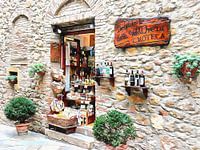 Delicatessen Pienza TuscanyDorothy Berry-Lound
Delicatessen Pienza TuscanyDorothy Berry-Lound Pop Culture Abstract PaintingDorothy Berry-Lound
Pop Culture Abstract PaintingDorothy Berry-Lound I Can Sleep AnywhereDorothy Berry-Lound
I Can Sleep AnywhereDorothy Berry-Lound Ceremony Procession With Offerings BaliDorothy Berry-Lound
Ceremony Procession With Offerings BaliDorothy Berry-Lound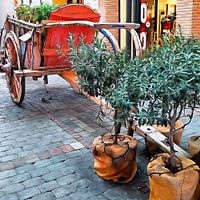 Olive Trees And Cart DecorDorothy Berry-Lound
Olive Trees And Cart DecorDorothy Berry-Lound Cat ScratchDorothy Berry-Lound
Cat ScratchDorothy Berry-Lound Impressionable IrisDorothy Berry-Lound
Impressionable IrisDorothy Berry-Lound View to the Palm House CopenhagenDorothy Berry-Lound
View to the Palm House CopenhagenDorothy Berry-Lound Snow Leopard Digital SketchDorothy Berry-Lound
Snow Leopard Digital SketchDorothy Berry-Lound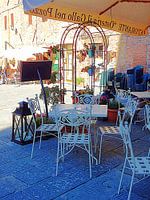 Ready for a Busy Evening at PanicaleDorothy Berry-Lound
Ready for a Busy Evening at PanicaleDorothy Berry-Lound Images of VeniceDorothy Berry-Lound
Images of VeniceDorothy Berry-Lound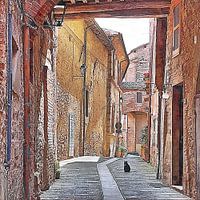 Inside The Town Walls Panicale 2Dorothy Berry-Lound
Inside The Town Walls Panicale 2Dorothy Berry-Lound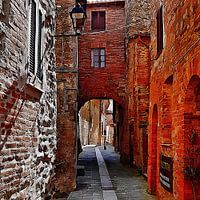 Inside The Town Walls Panicale 3Dorothy Berry-Lound
Inside The Town Walls Panicale 3Dorothy Berry-Lound Pizza Pane e DolciDorothy Berry-Lound
Pizza Pane e DolciDorothy Berry-Lound Dreaming NebulaDorothy Berry-Lound
Dreaming NebulaDorothy Berry-Lound Iris DreamsDorothy Berry-Lound
Iris DreamsDorothy Berry-Lound Watching You Tabby CatDorothy Berry-Lound
Watching You Tabby CatDorothy Berry-Lound South Downs ViewDorothy Berry-Lound
South Downs ViewDorothy Berry-Lound
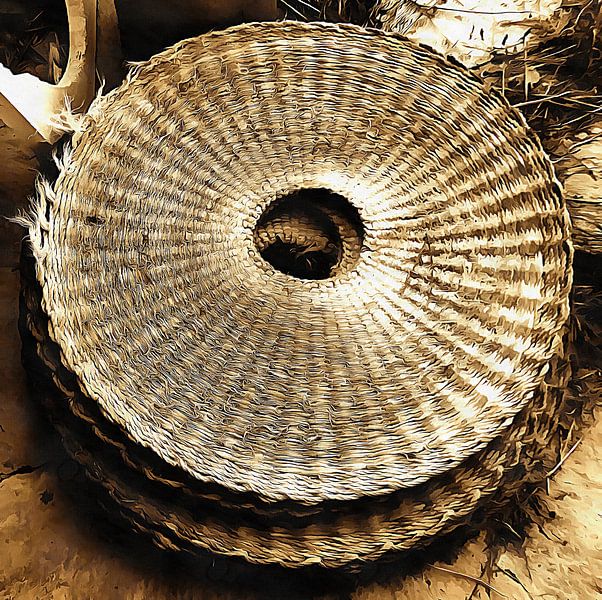


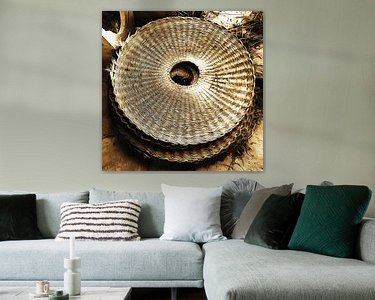




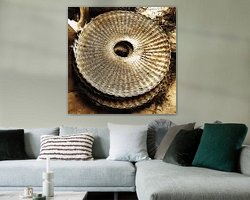

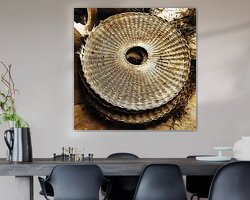

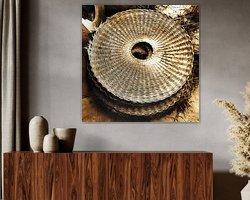
 Farm
Farm Italy
Italy Olives
Olives Photo wallpaper
Photo wallpaper Photography
Photography Tuscan
Tuscan









